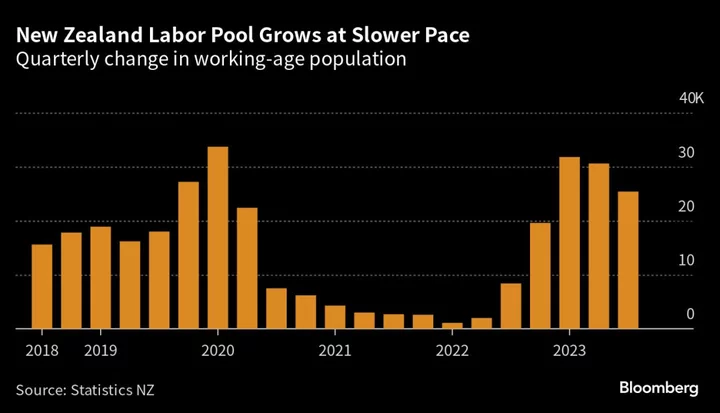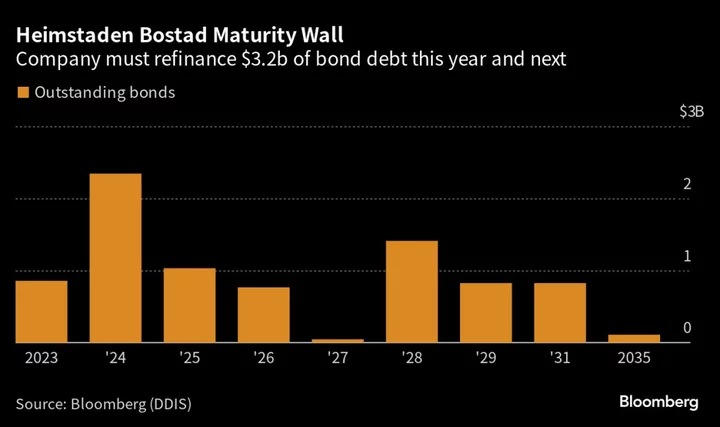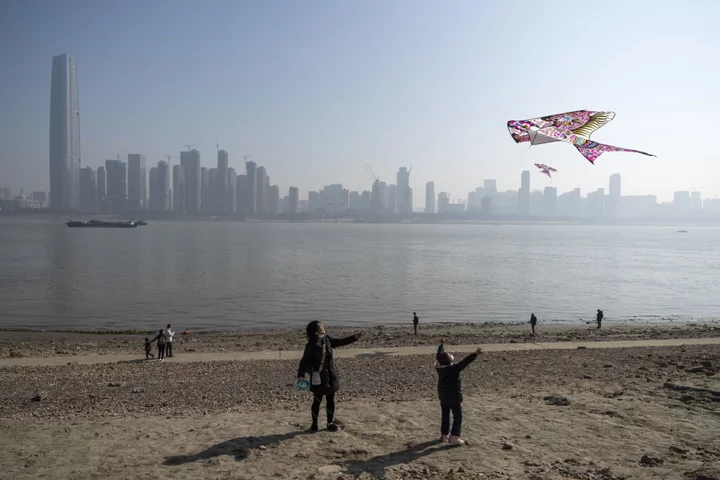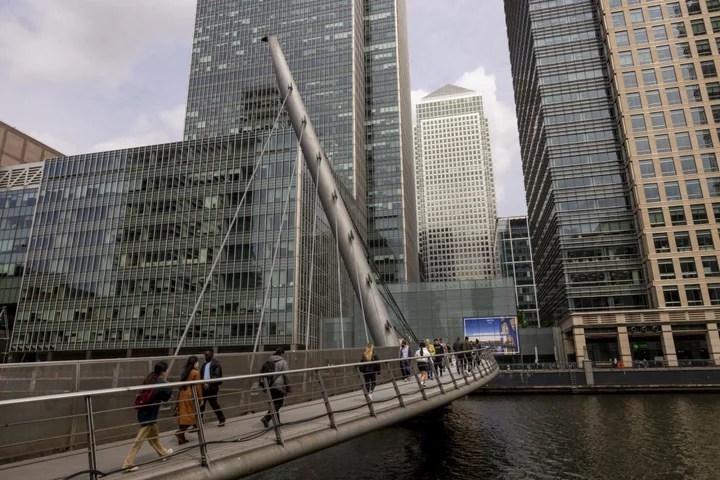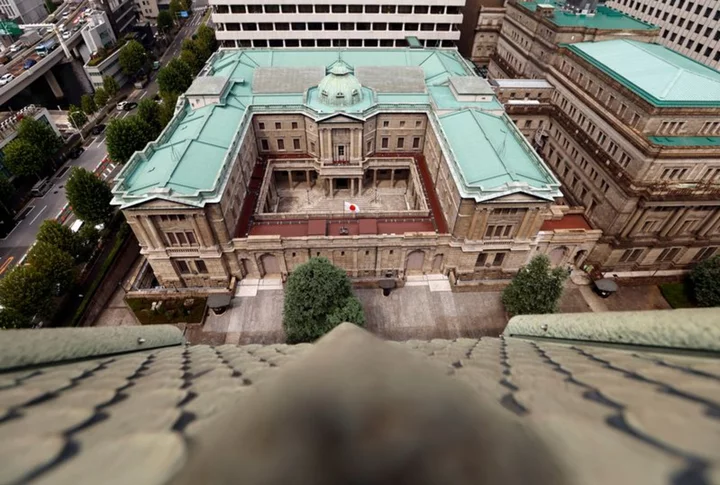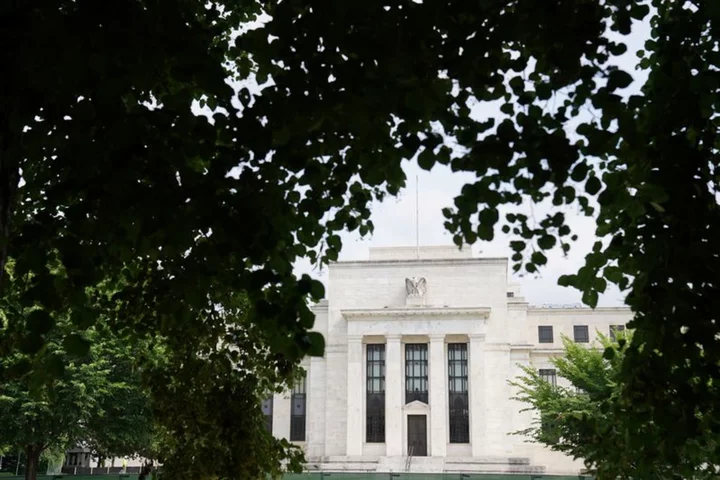New Zealand’s pool of labor expanded at a slightly slower pace in the three months through September, suggesting that a surge in foreign workers entering the country is starting to peak.
The number of residents aged 15 years and over who could work rose by 25,400 in the third quarter to an estimated 4,219,200, Statistics New Zealand said Wednesday in Wellington. That’s down from 30,600 in the second quarter and 31,800 in the first three months of the year.
Slower growth in the working-age population is further evidence that a surge in immigration may be starting to ebb. The Reserve Bank and Treasury projected net arrivals could exceed 100,000 this year, before dropping toward 50,000 by late 2024.
Net immigration was a record 96,200 in the 12 months through July. Still, on a monthly basis, gains eased to about 5,800 in July from a peak of 14,900 in February. The working-age population rose by 107,400 in the year through September — the most since records began in 1986, Wednesday’s data showed.
The influx of foreign workers helped ease labor market shortages and is expected to take pressure off wage inflation, which soared to a record in early 2023. Firms say they are now finding it easier to secure skilled and unskilled workers, adding to signs the labor market is loosening and unemployment may rise, the New Zealand Institute of Economic Research survey said this week.

